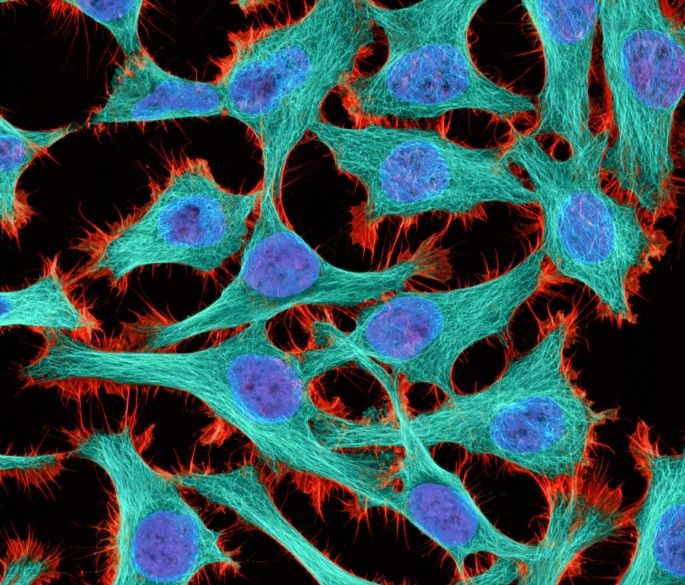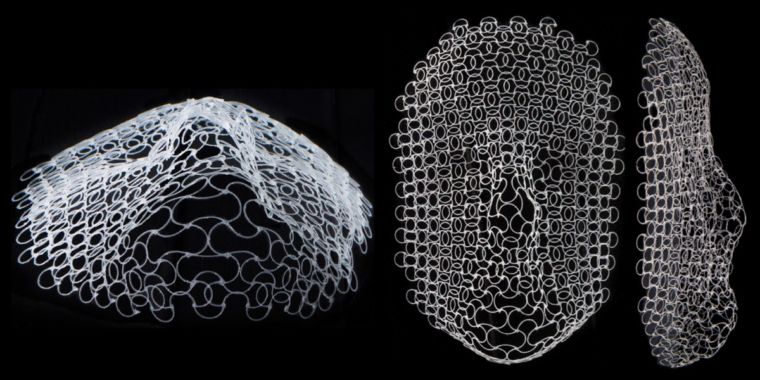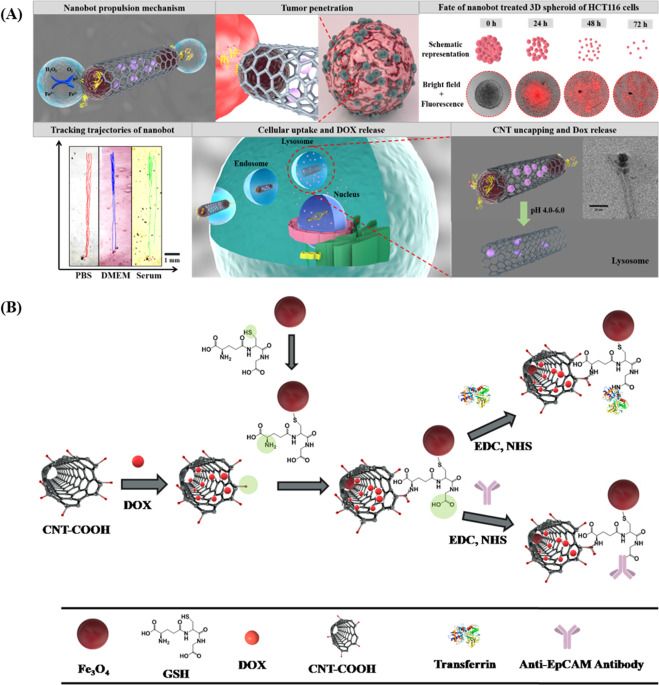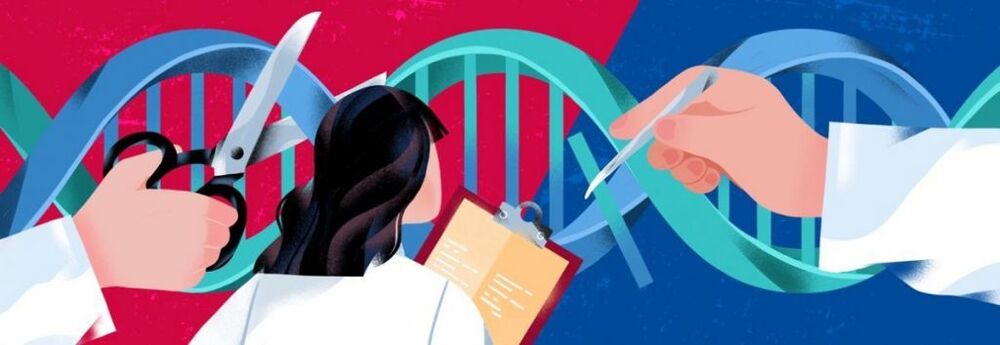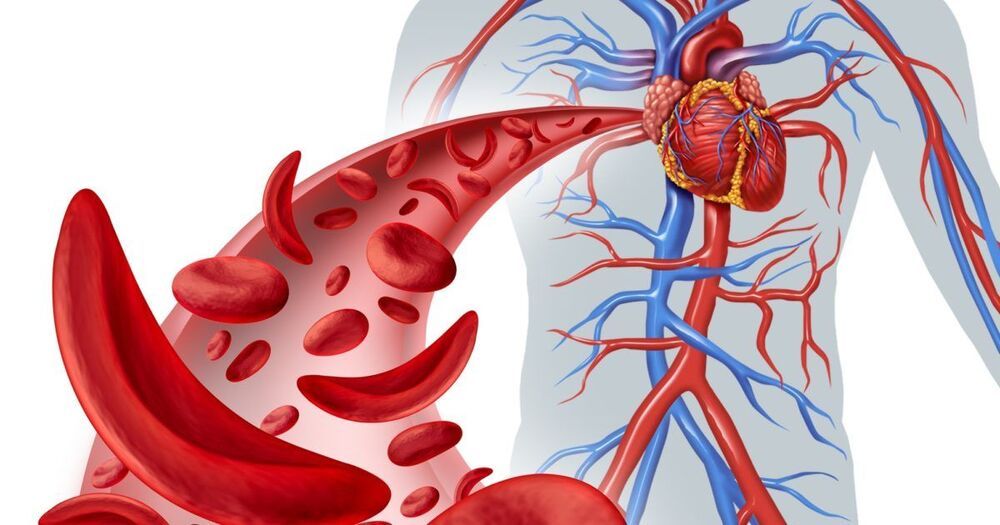BOSTON (PRWEB) November 18, 2020
What does it mean for multiplying cells in the body to be immortal? The cell DNA is being replicated over and over again while being divided equally between new cells produced by cell divisions. All the new cell components produced by the DNA code are mixing with the old cell components and being divided between the new cells. So, every cell is a new cell. There is nothing really immortal about any of them. Right?
Not quite. Stem cells responsible for renewing other mature body cells are different. For a long time, tissue cell scientists had a somewhat nebulous idea that stem cells had a special longevity in organs and tissues – that they were immortal cells, lasting for as long as the human lifespan. However, no one had a molecular concept for this idea of stem cell immortality until John Cairns, a pioneer of DNA replication, started thinking about DNA mutations and cancer in the 1970’s.

